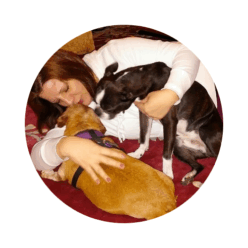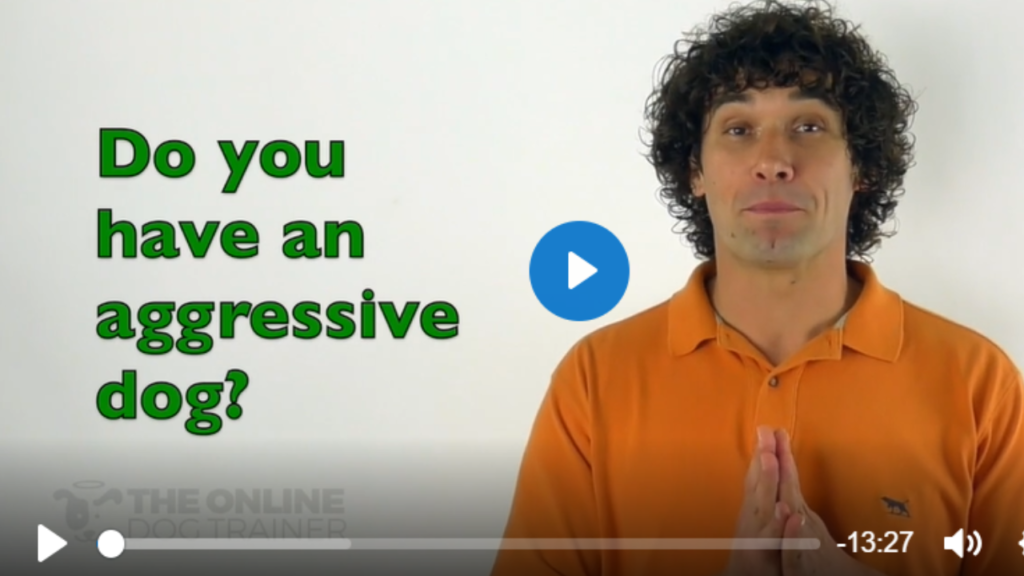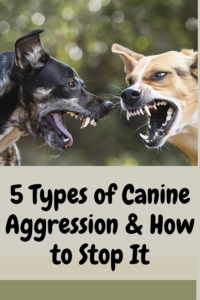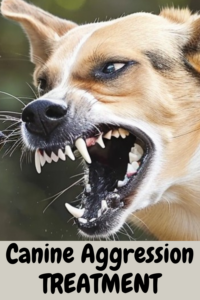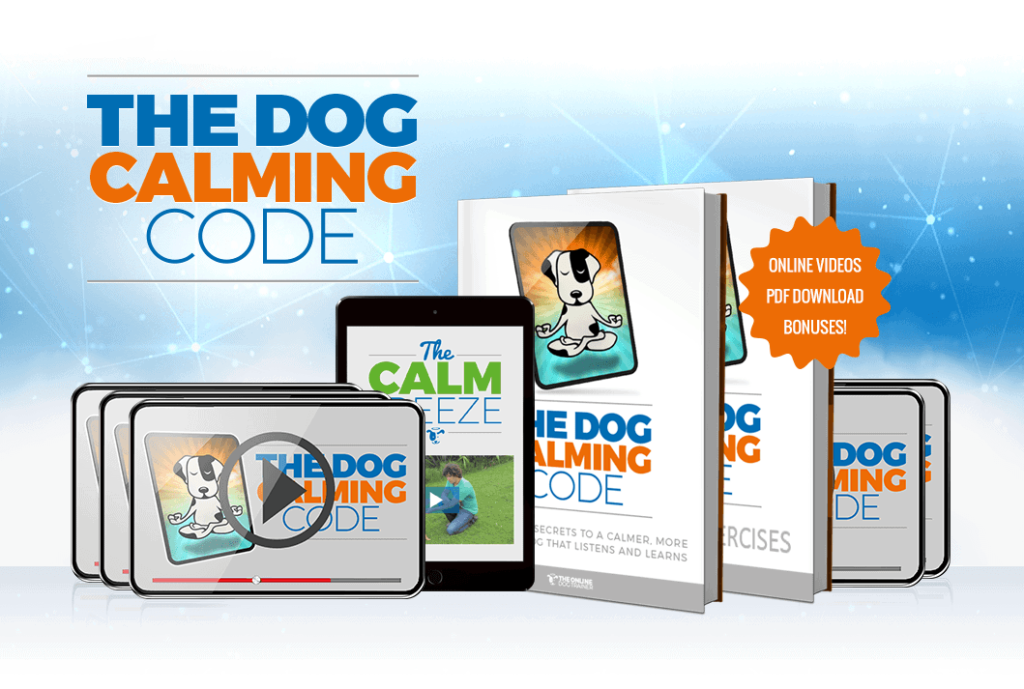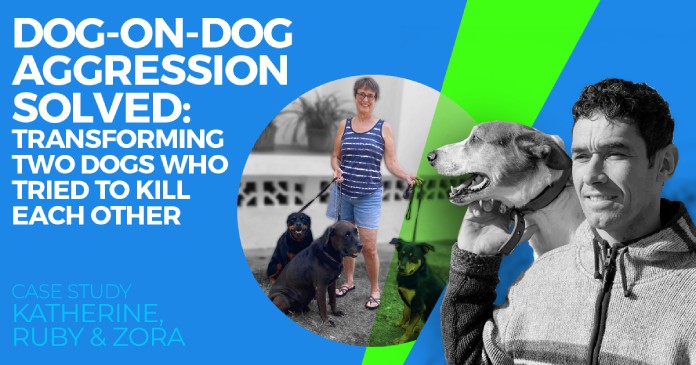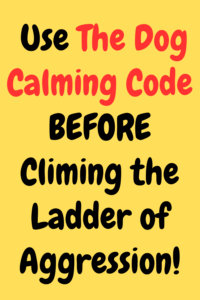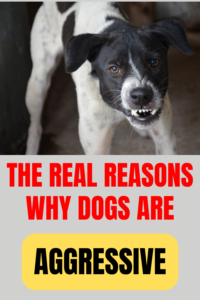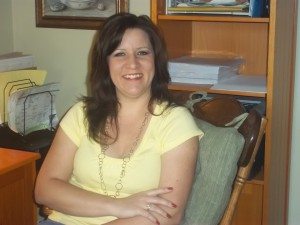Canine Aggression Treatment
Can canine aggression be cured?
Yes. According to Doggy Dan, all dogs can be successfully trained for aggression, along with any other dog behavior issue. Regardless of why your dog is being aggressive, the same rules apply when it comes to canine training.
Kind, effective, appropriate dog training specifically for canine aggression is your best bet to get it solved. I recommend Doggy Dan’s training program called, The Dog Calming Code. I’ll tell you more about it in this post.
Other ways to treat canine aggression include identifying triggers. In other words, see if there’s a pattern of who or what starts the aggressive behavior. You can help your dog to be less sensitive to their triggers by slowly and gradually exposing them to the trigger in a controlled situation, while also finding ways to make that very same situation a positive experience for them.
 Canine Aggression Training
Canine Aggression Training
Doggy Dan recently created a dog training program called, The Dog Calming Code. It’s an inexpensive, easy-to-follow, extremely effective training method specifically for canine aggression.
The training consists of a two-hour video where Doggy Dan helps you to understand canine aggression and exactly how to solve it.
He also includes 5 easy exercises you can do with your dog on a daily basis to build trust, help your dog to be less fearful, and basically get your dog to accept that you are in charge, and they don’t have to be!
Watch my video explaining the importance of training an aggressive canine and how The Dog Calming Code works:
Watch My Video: Dog Training for Aggressive Dogs
You can read my review of The Dog Calming Code, or use this link to check it out and receive 50% off:
Canine Aggression Toward Other Dogs
Doggy Dan has a fantastic, free tutorial on how to stop canine aggression toward other dogs called, Dog-on-Dog Aggression Solved: Transforming Two Dogs Who Tried to Kill Each Other!
You might find this helpful if you’re struggling with canine aggression toward other dogs.
Canine Ladder of Aggression
More Information About Dog Aggression
- Training to Stop Dog Aggression
- Help with Dog Aggression
- How to Stop a Dog from Being Aggressive
- What Is Dog Aggression?
- Misconceptions About Dog Aggression
- Why Your Dog Thinks Aggression Is Necessary
- Fear Aggression Dog Training
- Dog Food Aggression Training
- 5 Signs Your Dog’s Aggression Training Isn’t Working
- Dangerous Dog Behavior
- What to Do if An Aggressive Dog Approaches You
Also check out this post from the AKC (American Kennel Club) called, Aggression in Dogs: Signs, Symptoms, Treatments. In that post, they cover:
-
- What is Canine Aggression?
- When to Get Help with Canine Aggression
- What Causes Canine Aggression?
- Recognizing Early Warning Signs of Canine Aggression
- How Do You Treat Aggression in Dogs?
Who is Doggy Dan?
Doggy Dan is a Professional Dog Trainer and Behavioral Specialist, and the creator of the dog training website, TheOnlineDogTrainer.com.
He’s been my #1 recommendation for dog training for more almost 10 years because the training is kind, effective and affordable.
Your can read more about Doggy Dan’s experience and credentials here. You can also attend his free dog reactivity webinar here.
You can read my full review of The Online Dog Trainer.com here.
I Donate to Animal Charities
Thank you for visiting my website. Canine aggression can be serious! I hope the information I’ve provided will help you get your dog’s aggressive behavior under control.
You should know I receive a small commission on some of the products and services I recommend on my website. I donate 10% of my profitss to the list animal charities shown here.
If you found my site to be helpful, please share it with your friends and family.
